Need to Pull Cash Out of Your Home? Let’s Compare HELOC vs. Home Equity Line of Credit
When life throws you a curveball—or a golden opportunity—you may need extra cash to handle unexpected expenses or fund a major project. For homeowners, tapping into home equity can be a smart, cost-effective solution. Rather than take cash out of your home with a refinance, consider a Home Equity Line of Credit (HELOC) or a Home Equity Loan. Let’s break them down and see how they stack up against other borrowing options.
1. HELOC is Like a Credit Card. Take What You Need
A HELOC functions much like a credit card, giving you ongoing access to a revolving line of credit secured by your home’s equity.
How it works: Borrow only what you need, when you need it, up to your credit limit.
Interest rates: Variable, which means they can fluctuate over time.
Ideal for: Ongoing or unpredictable expenses like home renovations, medical bills, or covering tuition costs.
Think of a HELOC as a flexible, pay-as-you-go option. If you need funds at different times, this could be your best bet.
2. For a Lump-Sum Payment, Consider a Home Equity Loan
A Home Equity Loan, on the other hand, provides a lump-sum payment upfront, making it a more structured option.
How it works: You receive a one-time payment based on your home’s equity.
Interest rates: Fixed, offering predictable monthly payments over the loan term.
Ideal for: Large, one-time expenses like debt consolidation, major purchases, or paying off high-interest loans.
With its fixed interest rate, a Home Equity Loan provides stability and predictability, which is great if you want to avoid the uncertainty of variable rates.
Source: Barnett Associates
3. Why Choose These Over Other Options?
Both a HELOC and Home Equity Loan offer advantages over alternatives like credit cards or personal loans:
Lower Interest Rates: These options often come with significantly lower rates because they’re secured by your home. Credit card interest, by contrast, can soar to 20% or more.
Access to Large Sums: Borrowing against your home equity can unlock far more funds than an unsecured loan.
Flexible Uses: Whether you’re funding a home renovation, paying for education, or managing unexpected expenses, these solutions are versatile and tailored to your needs.
4. Second Mortgage vs. HELOC and Home Equity Loan
A second mortgage is a broad term that can refer to either a HELOC or a Home Equity Loan. Both are technically considered second mortgages because they’re secured by the equity in your home, separate from your primary mortgage. However, the flexibility of a HELOC or the stability of a Home Equity Loan often makes them more attractive than refinancing or taking out a personal loan.
Additionally, some HELOCs offer an interest-only payment period, making them easier to manage in the short term. Meanwhile, a Home Equity Loan doesn’t increase your primary mortgage rate—a major benefit in today’s fluctuating interest rate environment.
How to Decide Which is Best for You
The best option depends on your specific needs:
Choose a HELOC if... you want ongoing access to funds for unpredictable expenses or prefer to borrow in stages.
Choose a Home Equity Loan if... you need a large, one-time sum with a predictable repayment plan.
If you’re ready to explore your options, contact us today to discuss the best way to tap into your home equity. Together, we’ll find the solution that fits your needs and goals.

